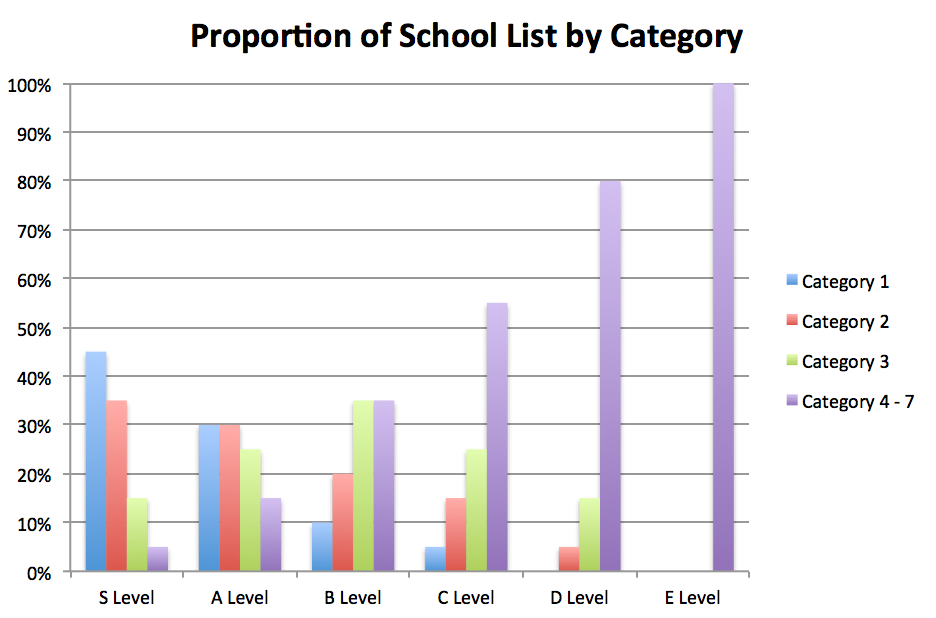I'm asking does your 'category system' not apply to me because I don't have significant research?
If you're not interested in research, it'll be hard to justify why you want to go to a research powerhouse where >90% of the applicants have research and their mission statement strongly emphasizes research. Can it be done? Yeah - that's why 5-10% of the class gets in who didn't have research experience before (liberal estimate since that 5-10% might have had extenuating factors that prevented them from getting research experience and likely had something amazing about them that the school wanted - change of career, for instance). So you shouldn't count on being in that 5-10% but it doesn't hurt to apply to a few top choices (if you have the money) but you can also focus on the schools that emphasize primary care more.




